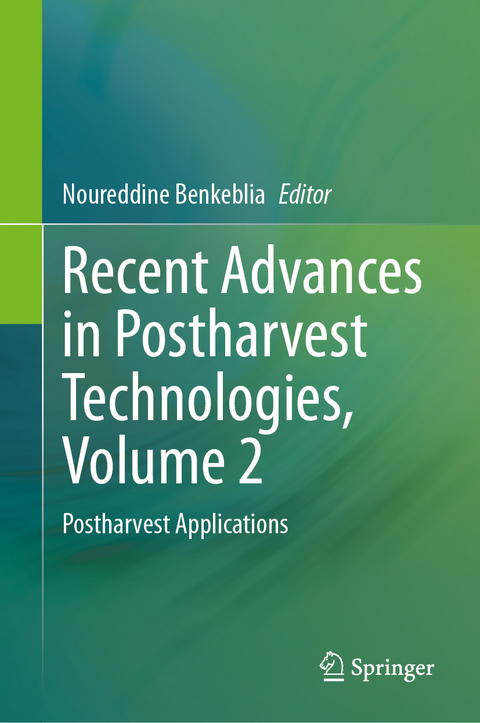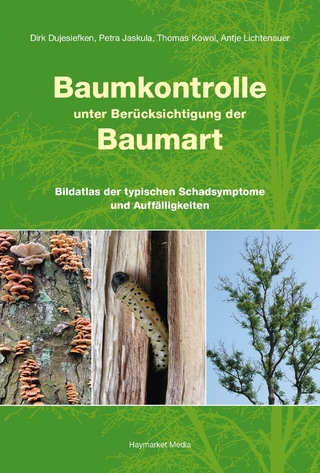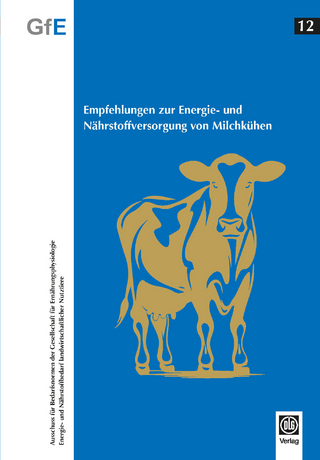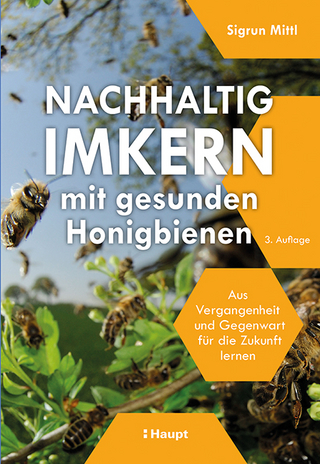
Recent Advances in Postharvest Technologies, Volume 2
Springer International Publishing (Verlag)
978-3-031-65815-0 (ISBN)
The elapsing time from producer to consumer has significantly increased as a result of food marketing and trade globalization. Consequently, maintaining quality along the food value chain is becoming a significant challenge. Postharvest losses are considered a major component of food loss and waste in the supply chain from farmers to consumers, due to improper handling, storage, transport, preservation techniques and spoilage. Postharvest science aims to extend the shelf life of fresh and perishable commodities, and to reduce heavy losses, thereby contributing to food security. While significant progresses have been made in postharvest preservation and shelf-life extension, the continuous development of emerging technologies have changed our vision on postharvest science. Furthermore, recent advancements in molecular engineering of horticultural crops for quality improvement; the development of genomics, transcriptomics, proteomics, and metabolomics have led to a better understanding of the physiology and the biochemistry of the senescence processes, resulting in better preservation and improved production of fresh crops.
This two-volume work focuses on innovative technologies that extend and preserve shelf life of fruits and vegetables. Volume 1 offers a review on the state of the art modern technologies in the postharvest filed. The accompanying Volume 2 explores advanced and novel technologies after harvest, particularly the application of nanotechnologies to packaging materials.
Dr. Noureddine Benkeblia has been working on food sciences and technologies from 1991. He started his work on crops physiology and biochemistry, preservation technologies such as irradiation, chemicals, modified atmosphere packaging (MAP), rare gases and other natural biological compounds (essential oils). From 2000, he focused his research on the postharvest metabolism of carbohydrates, mainly fructooligosaccharides (FOS) and fructans, and their impact on crops qualities. He also introduced new tools of "Metabolomics" in his research to investigate the biochemistry and the biological system of the biosynthesis and metabolism of FOS in fructan-containing plants (using asparagus and onion as models).
Preface.- Chapter 1 Loss of gloss - A Fresh Look at Freshness.- Chapter 2 Radiation and Postharvest Quality.- Chapter 3 Minimally Processing of Fruits and Vegetables: Concepts, Challenges and Innovation.- Chapter 4 Postharvest Science and Technologies for Handling and Preserving Quality of Pomegranates.- Chapter 5 Brown Rot Disease Caused by Fungal Pathogens Monilinia spp.: A Serious Threat to Pome and Stone Fruit Production Worldwide and Current Threat in Morocco.- Chapter 6 Biopolymers-Based nanocomposites for Controlling Postharvest Loss.- Chapter 7 Nanocomposites: An Innovative Technology for Fruit and Vegetables Preservation.- Chapter 8 Nanotechnology applications in postharvest diseases management.- Chapter 9 Advances in Postharvest Technology of Flowers, Medicinal and Aromatic Herbs.- Chapter 10 Innovations in Modified Atmosphere Packaging for Preservation of Fresh Fish quality.- Index.
| Erscheinungsdatum | 11.09.2024 |
|---|---|
| Zusatzinfo | XXI, 321 p. 41 illus., 38 illus. in color. |
| Verlagsort | Cham |
| Sprache | englisch |
| Maße | 155 x 235 mm |
| Themenwelt | Weitere Fachgebiete ► Land- / Forstwirtschaft / Fischerei |
| Schlagworte | Fresh Crops • Fruits and vegetables • Nanotechnologies • postharvest • Shelf-Life Extension |
| ISBN-10 | 3-031-65815-9 / 3031658159 |
| ISBN-13 | 978-3-031-65815-0 / 9783031658150 |
| Zustand | Neuware |
| Haben Sie eine Frage zum Produkt? |
aus dem Bereich


